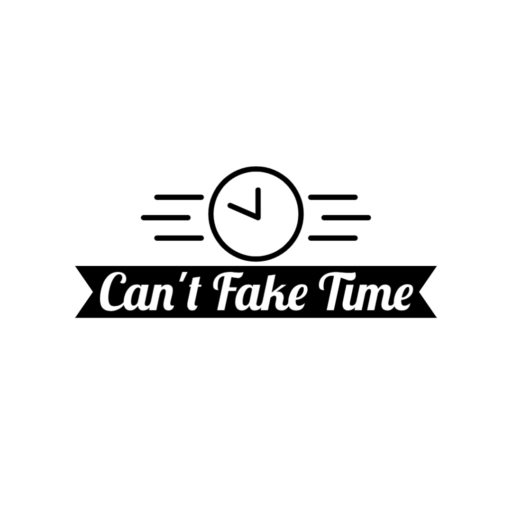This first draft manuscript I’m working on right now has me thinking a lot about perspective, when to shift perspective, and whose perspective matters most in any given moment. I’ve got a central protagonist, but it’s also a bit of an ensemble cast with multiple dynamic characters in play.
One of my favorite things about third person is the ability to shift perspective fluidly. First person gives you a tight focus and a lot of insight into a narrator’s thought processes, which can be a solid decision for some stories, but it always throws me out of rhythm when a first-person novel shifts to third person for a scene. (I’m glaring at you, James Patterson’s Ghost Writer(s) on the Maximum Ride series.)
Some stories can be told with different first-person narrators each chapter, but the use of multiple first-person viewpoint narrators requires a schema, a rhythm, a reliable pattern to keep a reader from getting lost. I just started reading One Of Us Is Lying by Karen M. McManus, and its whole murder mystery conceit is that one of the first-person narrators is lying, as per the title, so it seems an example of a story where first-person narrator shifts will make sense.
With third person, it’s unwise to change perspective too often, but you can do it without needing to include text features like a chapter header with a character’s name in it to define who “I” refers to now. A light touch of a few sentences that delve into a character’s thought processes will shift the focus. It’s so easy that it’s almost too easy–and there was a time when I’d shift perspectives way, way too often in my drafts. Like, every paragraph.
Orson Scott Card, in Characters and Viewpoint, discusses viewpoints as if they were cameras filming the story with different levels of penetration. (It’s been a while since I read it, so I’ll butcher it if I try to summarize.) Building from that, then, third person perspective is like working with multiple cameras to get the best angles on a moment in the story. When a film switches visual perspectives too quickly, a viewer might get dizzy or disoriented. The same is true in text. But, multiple perspectives give a writer some options to work with.
So, whose perspective matters most?
I know it might feel like the protagonist’s perspective matters most, since–you know–they’re the protagonist. (And that’s why first person works!) But sometimes the protagonist is too caught up in a moment, or incapacitated, or they’re being deceived, or they aren’t even in the room when something is happening that affects them drastically. Sometimes when a reader knows more than a protagonist, it adds an emotional charge to a scene that wouldn’t be there otherwise.
Example: In Redwall books, there are often quick scenes interspersed throughout the story where we learn about the villain’s plans. The good abbey creatures (or Salamandastron badgers and hares, or what have you) are unaware of how hideously evil the villain’s plans really are. I’d always be on the sidelines rooting for the good guys twice as loudly once I knew the whole shape of the danger in their path.
And, sometimes, an ensemble cast has multiple dynamic characters who are each tackling the central conflict of the story in a different way, who each deserve some focal time.
The best time to determine the best perspective isn’t necessarily the first draft of the story. Right now, I’m writing scenes from perspectives that feel most natural for a given moment. If my drafting mind suggests I should write a scene from Lira’s perspective, then Lira it is. Maybe I write the same scene from multiple perspectives until I have a sense of the whole shape of it.
In rough draft, the perspective that matters most is the one that enables me to actually write the scene.
In revisions, with a larger picture in mind, I can make stronger editorial decisions. That’s when it comes down to two things:
1) What provides the best overall balance to the story?
- Is there a character I’m neglecting?
- Does a perspective shift for this scene enhance or throw off the emotional throughline?
- Does anyone actually need to be witness to this, or was it just for me to know as the author at this point?
2) Who is the best witness to the heart of this scene?
Some Questions to Ponder:
- Which character has the highest emotional stakes in the scene?
- What does the scene do to further establish plot, characters, or setting? Whose perspective would compliment that purpose?
- Will someone be entering, exiting, or becoming incapacitated in a way that makes them better or worse as the perspective point?
The answers depend on the story, the characters, and the emotions that I’m trying to convey through my writing. With perspective, there is no one right answer for all situations, no one Ultimate Perspective.
And that, friends, is one of the most beautiful things about writing.
(And, maybe, one of the most frustrating things sometimes, too.)

